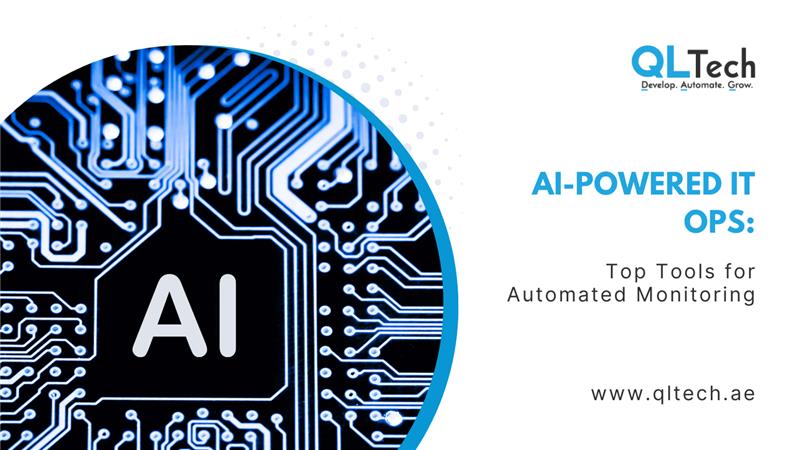As the world gets accustomed to the possibilities of 5G, the next generation of wireless technology—6G—is already on the horizon. Expected to roll out by 2025, 6G promises to revolutionise the way we connect, communicate, and experience the digital world. With faster speeds, ultra-low latency, and seamless integration of AI and IoT, 6G will usher in a new era of hyper-connectivity that will transform industries, enhance everyday life, and drive technological innovation.

What is 6G Technology?
6G is the sixth-generation wireless network that builds upon the foundation of 5G but with exponentially faster speeds, greater reliability, and more robust capabilities. While 5G offers speeds of up to 10 Gbps, 6G is expected to reach speeds of up to 100 Gbps, with latency as low as 1 millisecond.
Some of the key components of 6G include:
- Terahertz Waves: 6G will use terahertz frequencies, allowing for ultra-fast data transmission.
- Artificial Intelligence (AI) and Machine Learning (ML): These will be natively integrated into the 6G network to optimise performance and enhance user experience.
- Ubiquitous Connectivity: 6G will enable continuous connectivity across all devices and environments, making it the backbone of smart cities and autonomous systems.
How 6G Will Revolutionise Connectivity
1. Ultra-Fast Speeds and Low Latency
The most immediate impact of 6G will be its incredible speed and near-zero latency. This will make activities like real-time gaming, 8K streaming, and virtual reality (VR) experiences seamless. With 6G, downloading entire HD movies will take mere seconds, and businesses will benefit from instantaneous data transfer, opening up new possibilities for cloud computing, remote operations, and more.
6G will fuel the next wave of AI and Internet of Things (IoT) innovations. Its high capacity and low latency will allow for real-time data processing at unprecedented scales, which is critical for AI-driven applications like autonomous vehicles, smart manufacturing, and advanced healthcare systems. The 6G network will create a symbiotic relationship with AI, enabling autonomous systems to communicate and make decisions without human intervention.
3. Immersive Extended Reality (XR) Experiences
6G will redefine entertainment and communication through extended reality (XR), a combination of virtual reality (VR), augmented reality (AR), and mixed reality (MR). The ultra-fast speeds and high bandwidth will allow users to immerse themselves in fully interactive digital worlds, which will transform industries like gaming, education, training, and even social interactions.
4. Smart Cities and Autonomous Systems
6G will play a pivotal role in the development of smart cities, where everything from traffic management to energy grids will be interconnected and managed in real-time. Autonomous vehicles, drones, and robots will communicate seamlessly, operating safely and efficiently with minimal human oversight. This hyper-connectivity will lead to cities that are more energy-efficient, safer, and better able to meet the needs of their populations.
5. Enhanced Security and Privacy
As the number of connected devices skyrockets, so too does the need for advanced security measures. 6G will include built-in security features that leverage quantum encryption and AI to detect and neutralise cyber threats in real-time, ensuring a more secure digital environment.
Challenges to 6G Adoption
While the potential of 6G is enormous, its development and deployment come with significant challenges:
- Infrastructure Overhaul: Implementing 6G will require a massive upgrade to existing telecommunications infrastructure, including more towers, satellites, and antennas.
- Spectrum Availability: Terahertz frequencies are not widely used for communications today, so securing the necessary bandwidth will require regulatory approval and international cooperation.
- Energy Efficiency: The increased data rates and network demands of 6G could result in higher energy consumption, raising concerns about sustainability.
Conclusion
6G technology promises to revolutionise the way we live, work, and communicate by delivering unprecedented speeds, ultra-low latency, and seamless integration with AI and IoT. While challenges to adoption remain, the benefits of 6G will undoubtedly transform industries and drive innovation. By 2025, 6G will not only enhance everyday connectivity but will also unlock the potential for new technologies that we can only begin to imagine.









